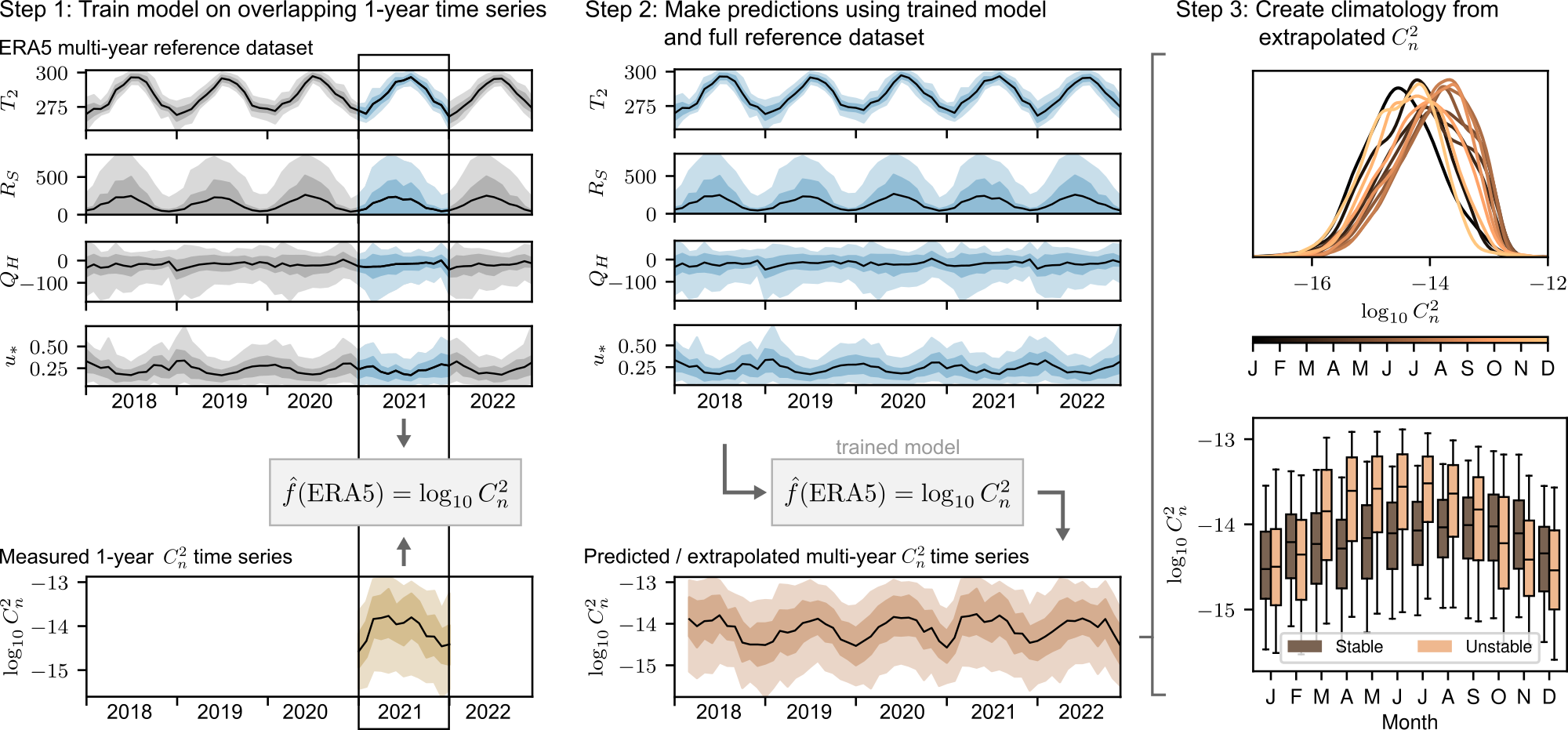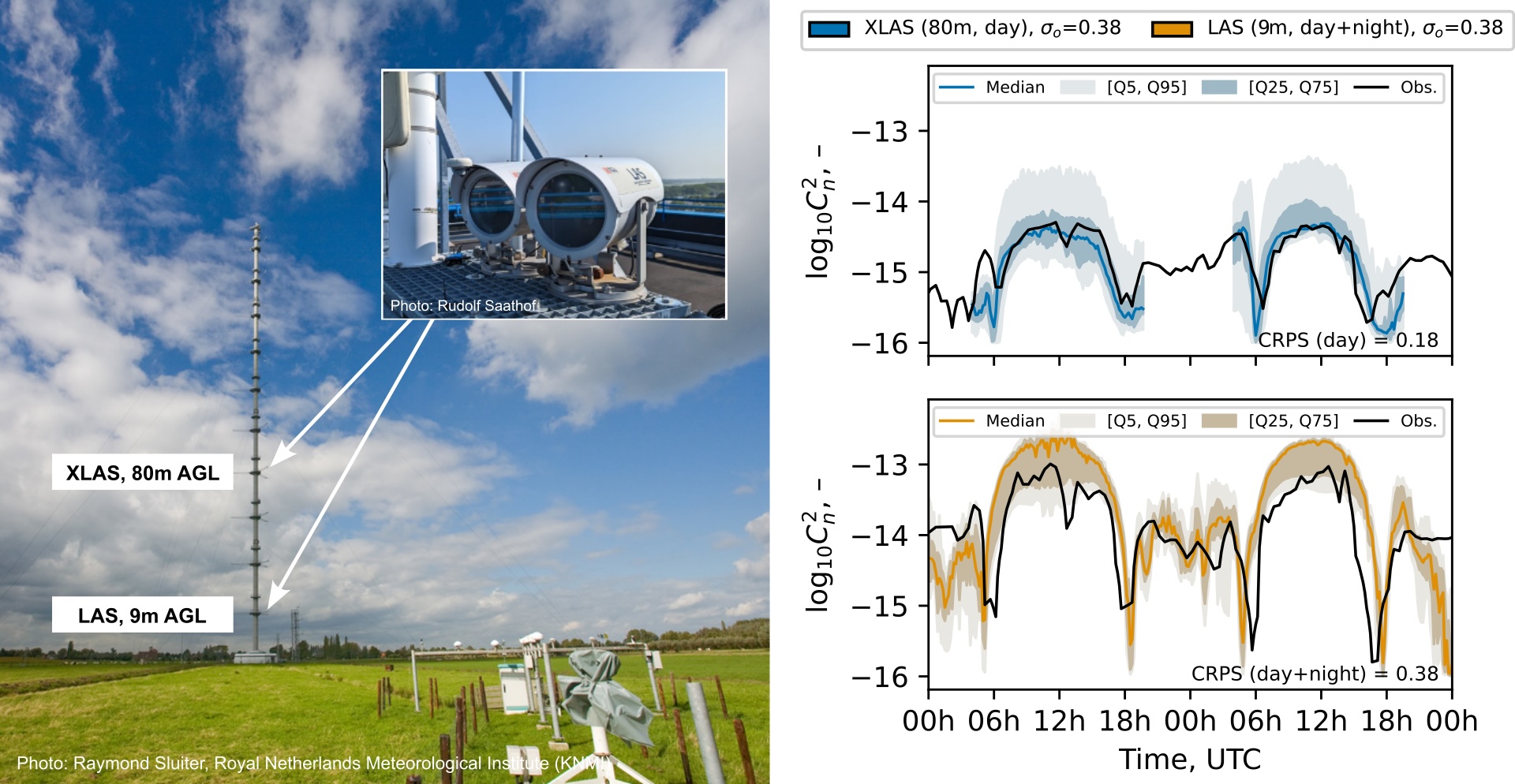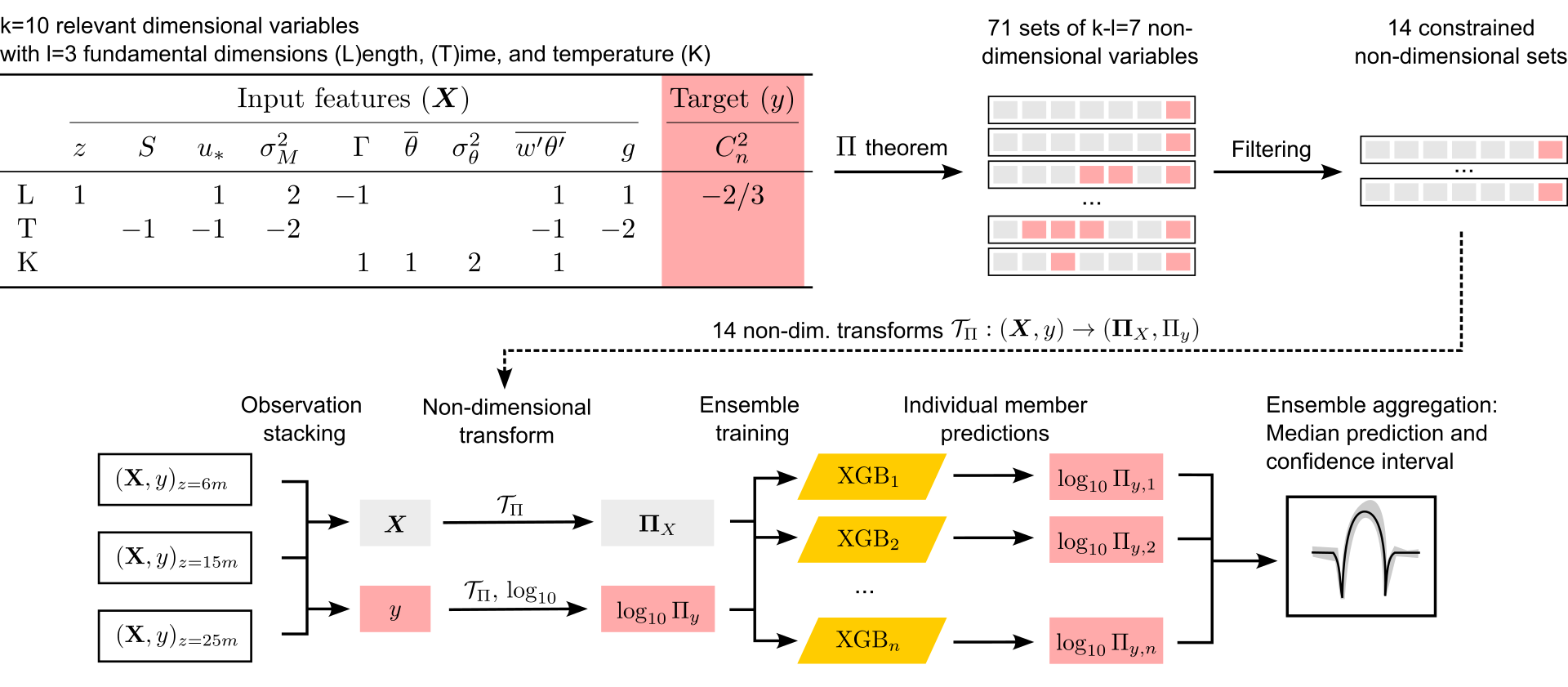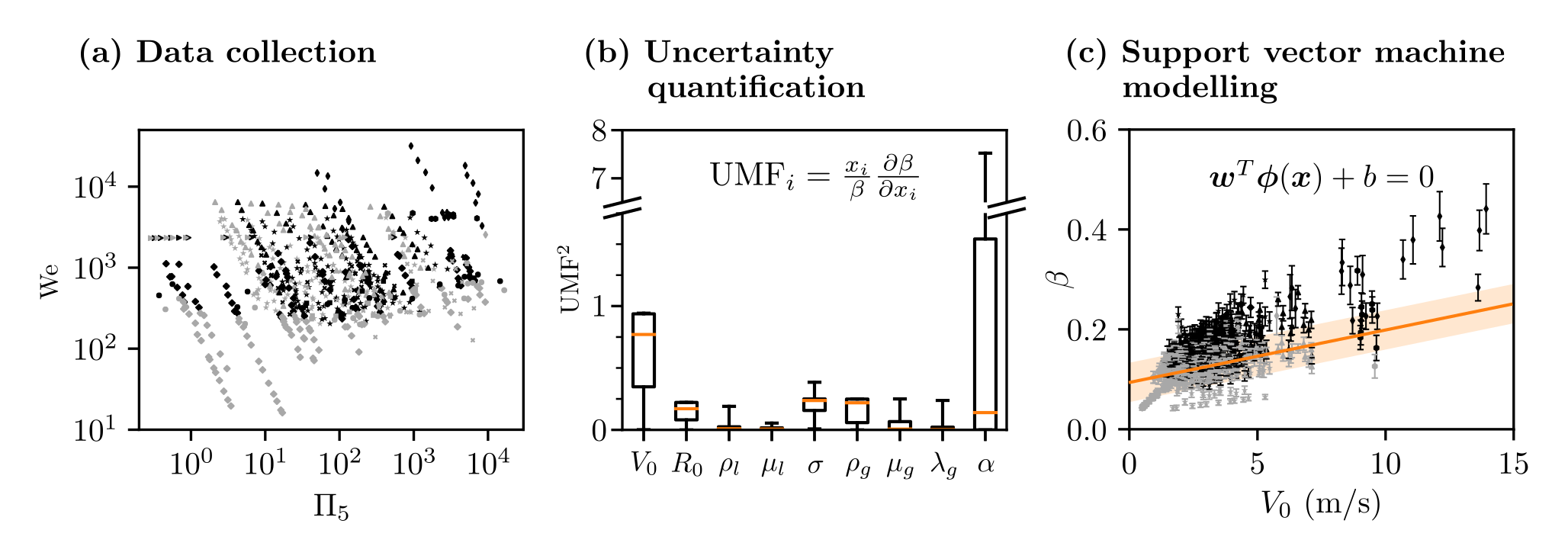I am fascinated by the idea of solving complex physical modeling problems with data-driven techniques. Currently, I am pursuing my PhD research at the Department of Geoscience and Remote Sensing at TU Delft under the guidance of Sukanta Basu and Rudolf Saathof. My research goal is to estimate turbulent fluctuations of the refractive index in the atmosphere – so-called optical turbulence – with machine learning. These fluctuations cause problems in numerous fields, such as astronomy or free-space optical (laser) communication. To overcome these issues, reliable and accurate optical turbulence models are needed.
OTCliM: generating a near-surface climatology of optical turbulence strength ($C_n^2$) using gradient boosting

This study introduces OTCliM (Optical Turbulence Climatology using Machine learning), a novel approach for deriving comprehensive climatologies of atmospheric optical turbulence strength ($C_n^2$) using gradient boosting machines. OTCliM addresses the challenge of efficiently obtaining reliable site-specific $C_n^2$ climatologies, crucial for ground-based astronomy and free-space optical communication. Using gradient boosting machines and global reanalysis data, OTCliM extrapolates one year of measured $C_n^2$ into a multi-year time series. We assess OTCliM’s performance using $C_n^2$ data from 17 diverse stations in New York State, evaluating temporal extrapolation capabilities and geographical generalization. Our results demonstrate accurate predictions of four held-out years of $C_n^2$ across various sites, including complex urban environments, outperforming traditional analytical models. Non-urban models also show good geographical generalization compared to urban models, which capture non-general site-specific dependencies. A feature importance analysis confirms the physical consistency of the trained models. It also indicates the potential to uncover new insights into the physical processes governing $C_n^2$ from data. OTCliM’s ability to derive reliable $C_n^2$ climatologies from just one year of observations can potentially reduce resources required for future site surveys or enable studies for additional sites with the same resources. ...




